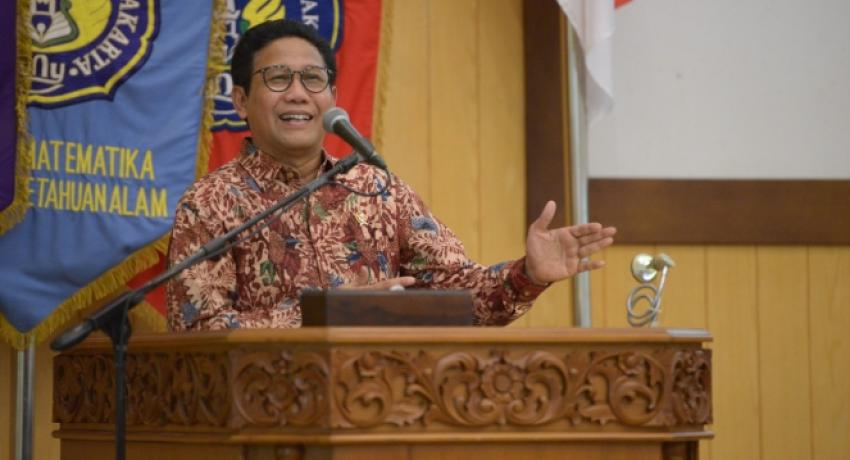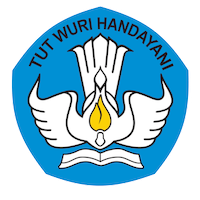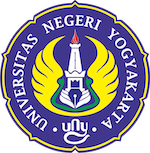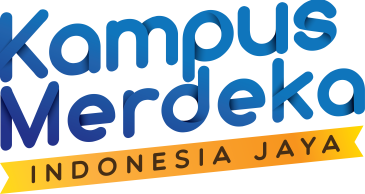The Minister of Villages/PDTT, Abdul Halim Iskandar, M.Pd pointed out the importance of cross-institutional synergy in village development during Studium Generale at UNY on Saturday, 4 January 2019. UNY also had significant role because UNY, as a teacher training tertiary institution, had multiple empowerment programs for rural communities.
Halim knew very well that UNY had many community service programs. Because Halim is an alumni of the 1987 Philosophy and Sociology of Education at UNY.
"I know very well that UNY has a lot of activities in the villages and I was one of the participants for the activities. Earlier, the Rector (Prof. Sutrisna Wibawa) said that UNY had Field Work Program, School Field Introduction Program, and Community Service Program. During my study at UNY, I also completed doing the community service program. And I’d like UNY and other tertiary institutions to be able to work together across institutions, "Halim said.
Integrated Village Development
Halim believed that village empowerment would be easier to do with integrated way. It is important for each institution to work accordingly with its competence and support each other to improve the progress of rural areas.
Synergy and integration can then be done starting from simple things. For example, by using data of rural statistics and the 3T (frontline, outermost and lagging) areas, UNY can place community service programs in these locations.
UNY can send students to the area to teach in schools and directly to the community informally. Village fund management can also be helped by the presence of lecturers and students from tertiary institutions, because they can provide input in development planning meetings (musrenbang) up to administrative needs.
"After graduating from UNY, I also became a teacher in the village until 1999. In the village, being a teacher is still highly respected and input can greatly contribute to development. UNY students as prospective teachers must not let go of this opportunity, "Halim added.
UNY Keeps Improvement for the Community Service Program
Prof. Sutrisna Wibawa as the Rector stated that UNY is ready to work together further. Moreover, Sutrisna said, the number of students sent by UNY for community service programs is relatively large each year.
In 2019, there were 4,519 students taking part in the Community Service Program. They were distributed in 318 villages throughout Indonesia. The areas around Central Java and Yogyakarta that relatively need a touch of development such as Gunungkidul and Kulonprogo, had become priority priorities for KKN.
"In the village, supervisors and students collaborate to produce innovations with each Regional Government. UNY students are also usually asked to teach in schools or teach skills to the villagers, " Sutrisna said.
The Community Service Program conducted is also diverse. In Gunungkidul, UNY held a Thematic Community Service Program for the Mental Revolution which was attended by 343 students. This program collaborates with the Coordinating Ministry for Human Development and Culture. While in Ternate-Tidore, UNY sent five students in the National Community Service Program.
Besides community service program, there is also the School Field Introduction Program. This program puts UNY students in schools to teach. In July 2019, there were 3,391 students who took part in the program.
"These students teach in 267 schools and 27 institutions," Sutrisna said.
Through the program and synergy launched by the Ministry of Villages, Prof. Suyanto as Chairperson of UNY Alumni Association hoped that students who were in school and the community would be able to implement the knowledge gained on campus. Including if later on the status as alumni, can continue to devote their knowledge to the intellectual life of the nation.
"The community also acts as an agent of renewal so that they can use this opportunity to move the rapidly developing scientific community to fulfill four competencies, namely creative and innovation, critical thinking, communication and collaboration," he concluded. (Anwar;Tj.Lak)





